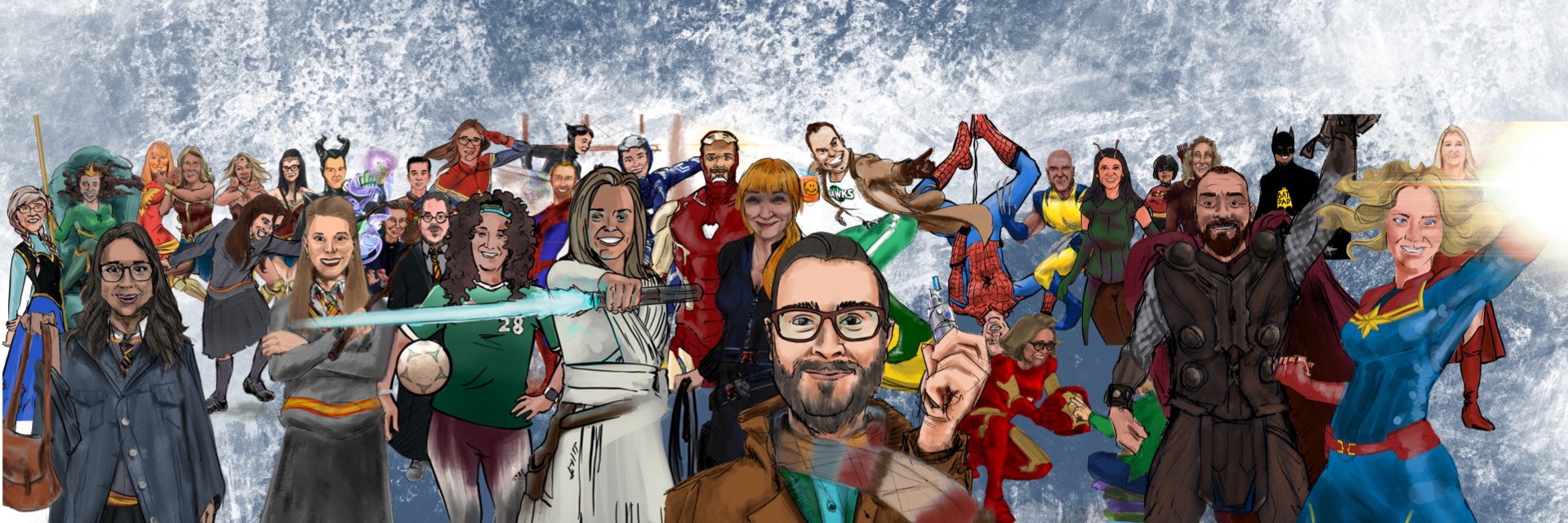When it comes to sketching captivating caricatures, few styles are as dynamic and playful as manga. With its exaggerated expressions, bold lines, and charming flair, manga caricature offers an irresistible blend of humor and heart. But how do you go from a blank page to a finished manga-style caricature that truly captures someone's spirit?
Enter the 8 Limbs of Sketchbooking — a creative framework that guides artists of all levels through a full-circle drawing process. Whether you’re an aspiring artist or a seasoned pro looking to spice up your portfolio, these eight steps can transform your manga caricatures from mere doodles to show-stopping pieces.
Today, we're diving into each limb, connecting them to the world of manga caricature, and laying out a step-by-step path to elevate your art. Get your pens ready!

1. Observation: See with Manga Eyes
Before your pencil hits the paper, you need to see — really see — your subject. Manga caricature demands a special kind of observation: you’re not just studying proportions or features; you’re searching for the personality essence.
Spend a few minutes closely observing:
- Key facial features (big eyes? pointed chin? wide grin?)
- Signature expressions (serious? bashful? explosive laughter?)
- Gesture and body language (are they shy and closed-off or bold and open?)
In manga, characters are distilled into powerful visual icons. Observation is about tuning into those key details that define someone’s “character stats” — then pushing them just enough to create an affectionate exaggeration.
Pro tip: Take quick snapshot sketches before committing to a final drawing. The goal is to capture the feeling before getting lost in technical perfection.
2. Memory: Internalize the Spark

After you've observed, the second limb is about memory — holding onto the emotional and visual spark you've just seen.
Try this: look away from your reference and draw a super quick thumbnail version from memory. Which features stood out the most? Which expressions naturally come to mind?
In manga-style caricature, leaning on memory helps you avoid hyper-realistic "photo copying." Instead, your drawing remains playful and energetic — like the subject’s soul shining through.
Fun challenge: Create a "Memory Sketch Battle" where you give yourself only 60 seconds to draw from memory. Speed helps strip away unimportant details.
3. Imagination: Manga-fy the Magic
Now it’s time to stretch reality. Imagination is where you let your mind wander — how can you amplify what you saw and remembered?
Ask yourself:
- What manga archetype fits them? (hero, rival, comic relief, magical girl?)
- Would they have giant sparkling eyes or mischievous slits?
- Maybe their wild hair could become a super-powered aura!
Caricature thrives when you’re bold enough to twist reality while keeping it relatable. Use classic manga visual language: sweat drops for nervousness, throbbing veins for anger, sparkles for excitement.
Tip: Watch how manga artists like Akira Toriyama or Rumiko Takahashi exaggerate body proportions — big heads, tiny feet, and fluid limbs — without losing the humanity of their characters.
4. Design: Plan the Framework
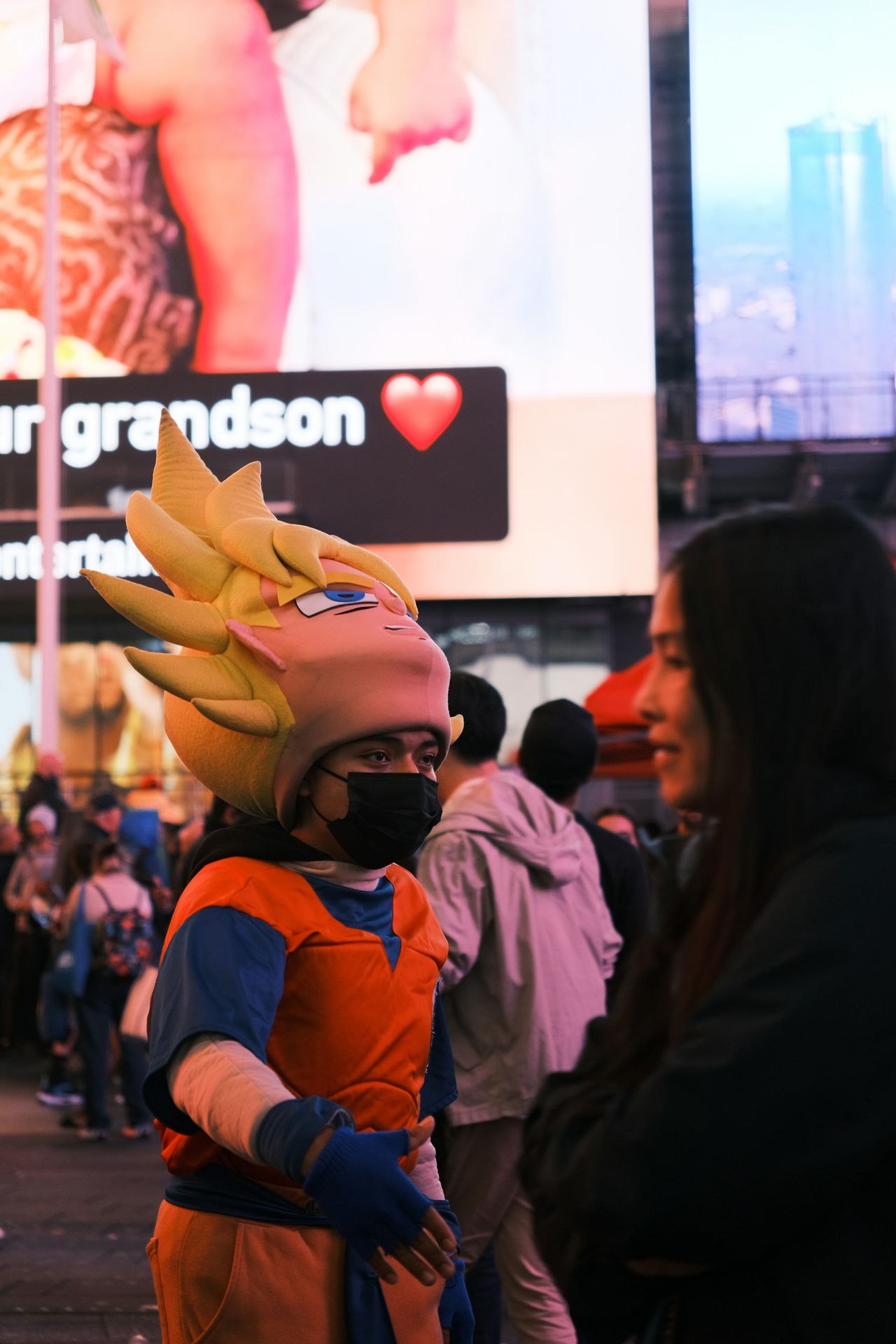
Good caricature isn't random — it’s crafted. Limb four is all about design.
At this stage:
- Sketch several rough thumbnails.
- Play with shape language: triangles for sharpness, circles for softness, squares for stubbornness.
- Decide on your line of action — a smooth curve or dynamic zigzag — to emphasize the mood.
In manga caricature, composition is king. Think about where speech bubbles might go if this were a manga panel. Even if you’re doing a simple portrait, planning your negative space can make your drawing pop.
Quick tool: Use an "X" or "S" curve to guide your character's posture for extra dynamism.
5. Construction: Build from Basic Shapes
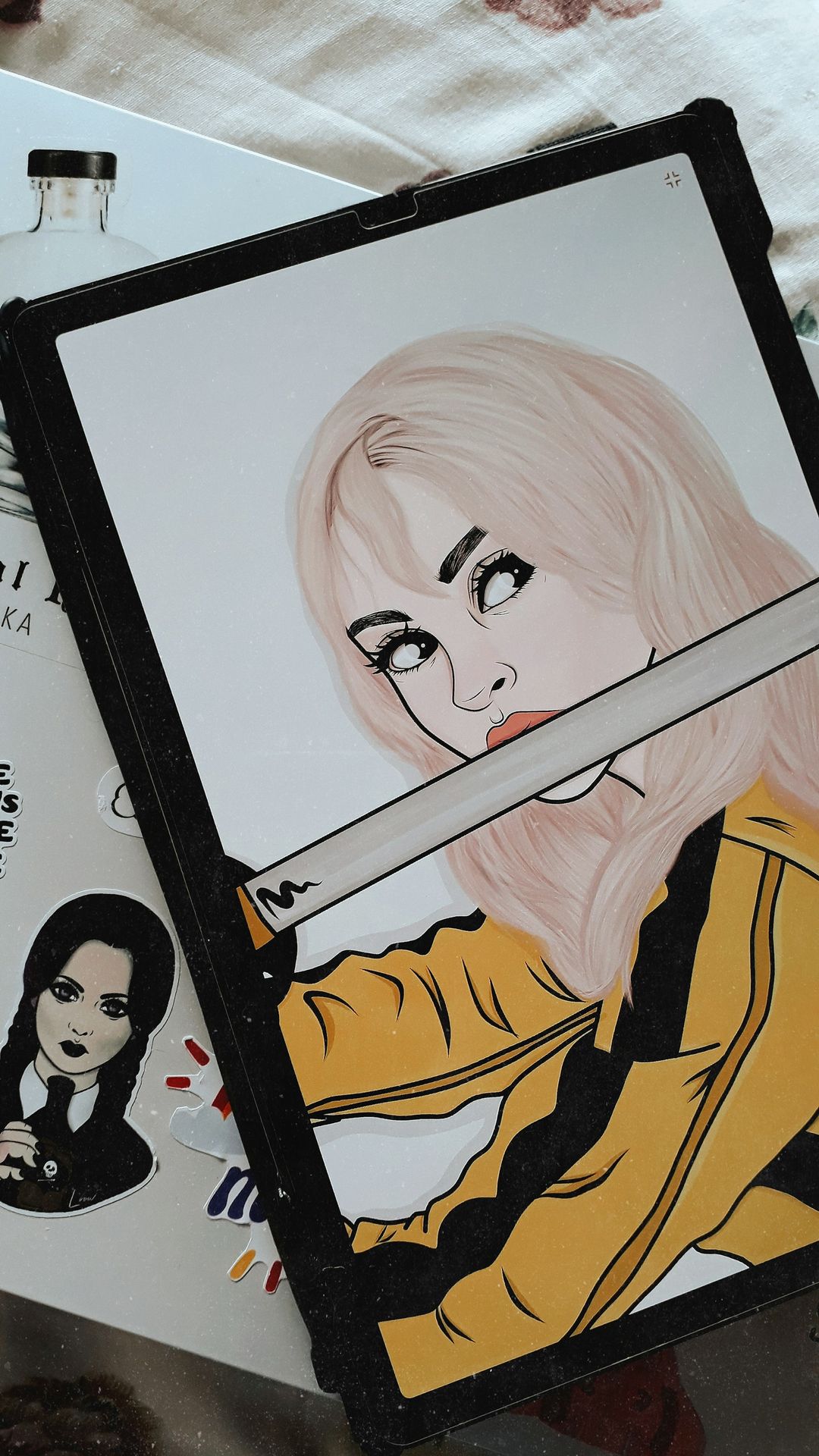
Now it’s time to actually start building.
Using simple forms (spheres, boxes, cylinders), block in your caricature:
- Head: Manga caricature often uses a big cranium with a smaller face area.
- Body: Exaggerate proportions—maybe tiny shoulders, giant hands, noodle limbs.
- Features: Stack features higher or lower to amplify expressiveness.
Think of construction as the scaffolding. The cleaner and more solid your understructure, the more playful and confident your final lines will be.
Bonus move: Draw two or three different construction versions before choosing one — manga is all about finding the perfect emotional hit.
6. Detail: Spice It Up
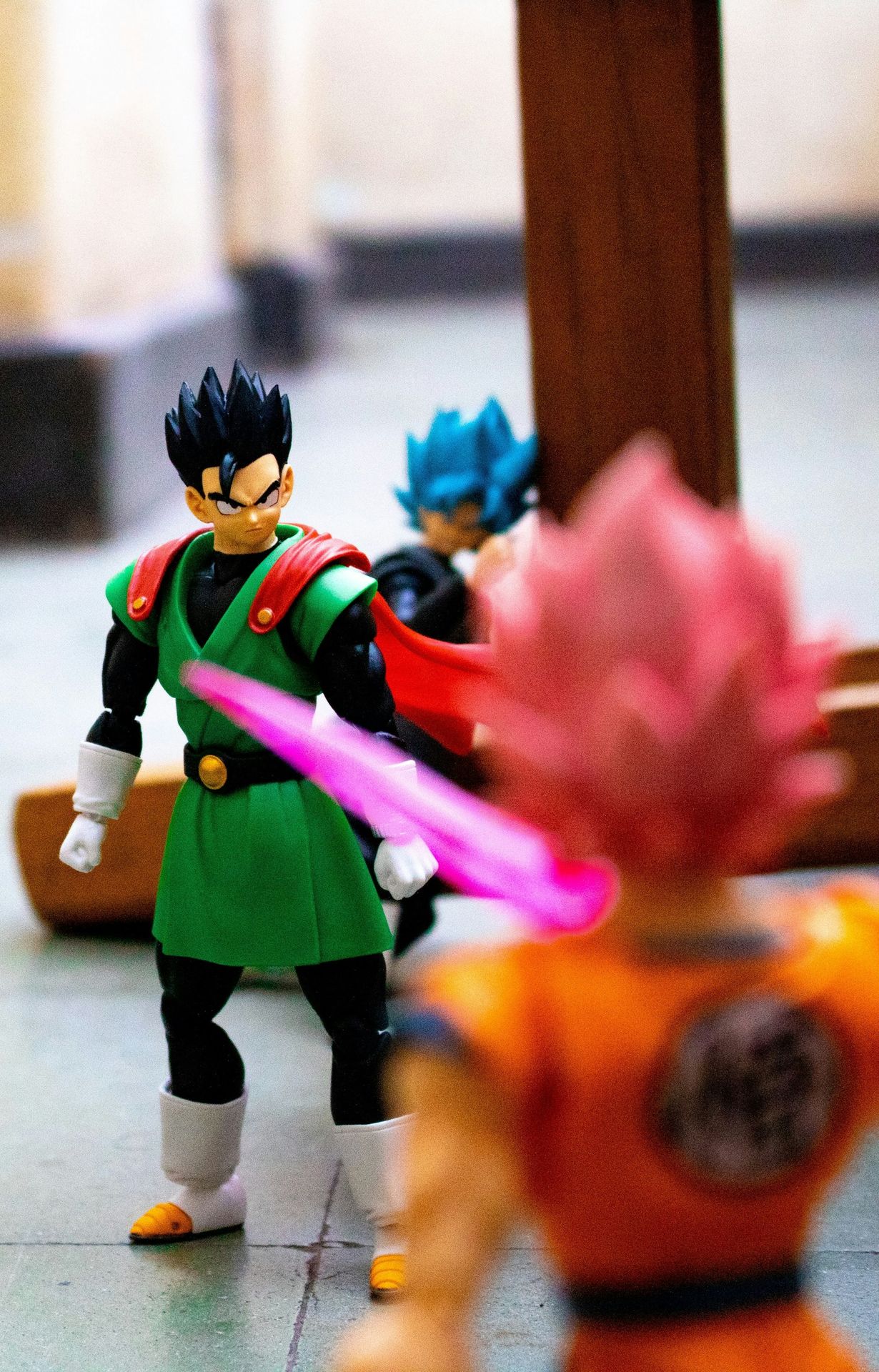
Here’s where the fun really kicks in!
Start refining:
- Hair clumps instead of individual strands
- Signature accessories (earrings, hats, glasses) in an exaggerated size
- Facial lines for expression (those tiny cheek swoops are SO manga!)
In caricature, you can push details beyond realism as long as you maintain internal consistency. If the glasses are huge, the eyes behind them should magnify too.
Important: Don’t over-detail. Manga style loves selective detailing — a focused sparkle in the eye, a dramatic swoosh of hair, but flat-color simplicity elsewhere.
7. Emotion: Inject the Soul
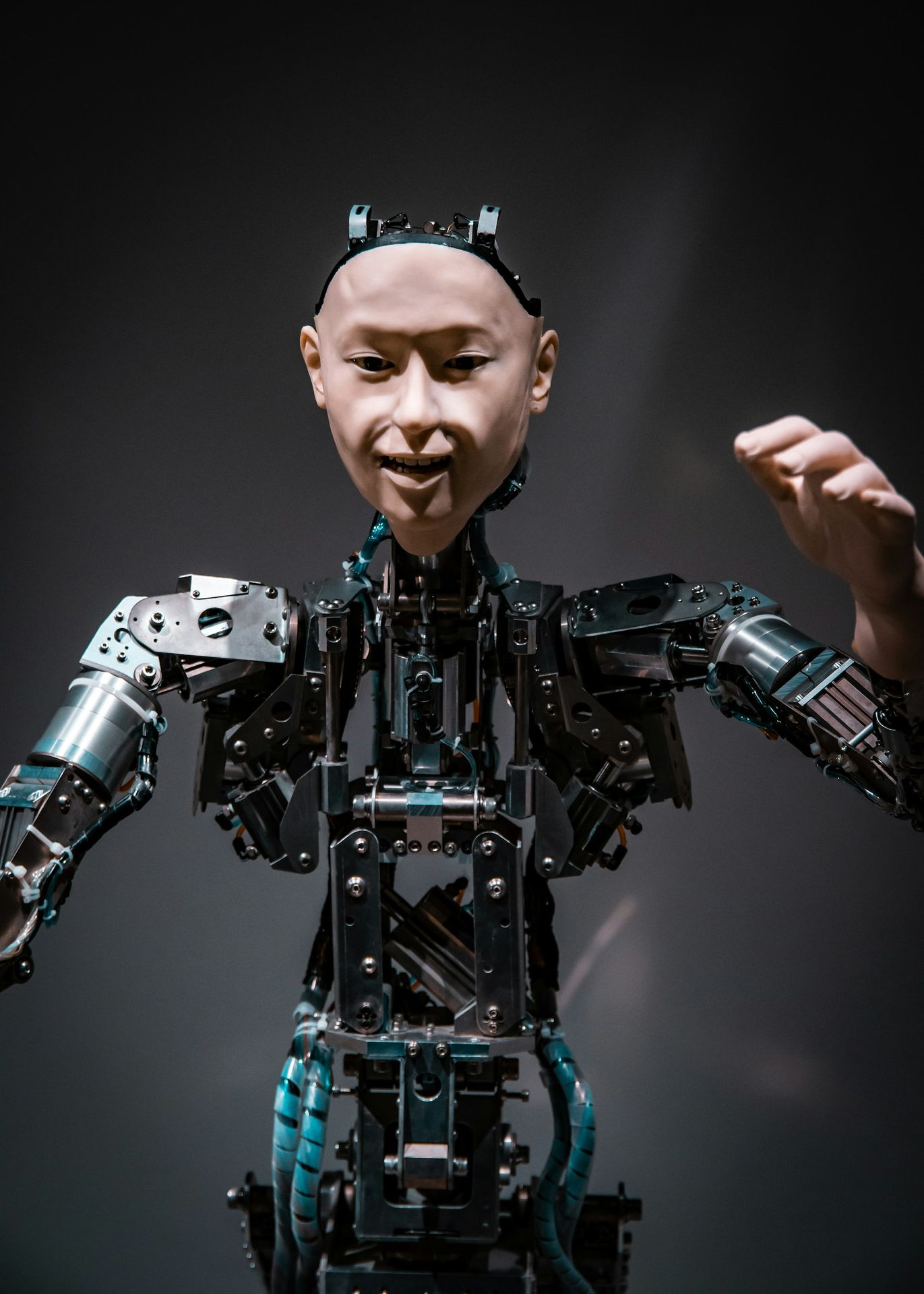
A technically perfect drawing is meaningless without emotion. Limb seven demands you bring your caricature to life.
Consider:
- Are the eyebrows doing enough emotional work?
- Is the mouth shape pushing the energy forward?
- Could you add a tiny background gag, like a floating chibi version of them?
Use line variation (thicker for important lines, lighter for hidden details) to emphasize emotional beats. Manga masters use black-and-white contrasts with expert precision to punch emotion right into the reader's heart — so should you.
8. Reflection: Learn and Level Up
Finally, the eighth limb: reflection.
Step back. Squint. Ask:
- Does this feel like the person?
- Is it fun to look at?
- Did I push the exaggeration enough — or too much?
Reflection isn’t about self-criticism; it's about honest, playful assessment. Save your rough drafts and compare them over time. Caricature, especially manga-style, is an evolving dance between technical skill and wild imagination.
Consider keeping a "Manga Caricature Journal" where you track notes after each piece:
- What worked?
- What fell flat?
- What risks could you take next time?
Artists who reflect regularly grow faster and develop sharper instincts.
Final Thoughts: Sketchbook Your Way to Manga Caricature Mastery
Manga-style caricature is the ultimate playground for artists. It's a place where observation meets imagination, where technical construction supports chaotic expression, and where every line you draw carries emotional weight.
By embracing the 8 Limbs of Sketchbooking, you give yourself a roadmap that encourages freedom without losing direction. You'll not only create better caricatures — you'll enjoy the process more, turning every sketch session into a mini manga adventure.
So grab your favorite pens, open a fresh page, and start seeing the world — and its characters — through your own manga lens. ✨
Happy sketching!
And remember - it all starts with the breath of a single sketch....then another....and another. 🎨
